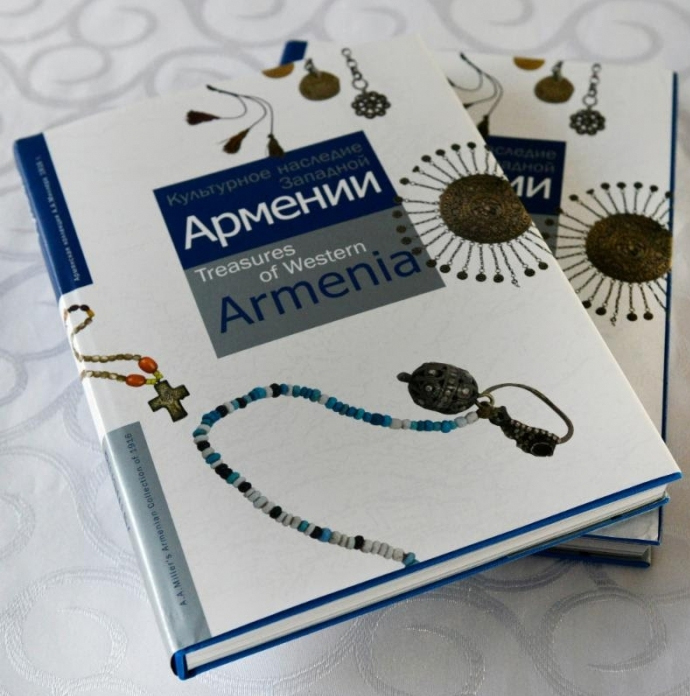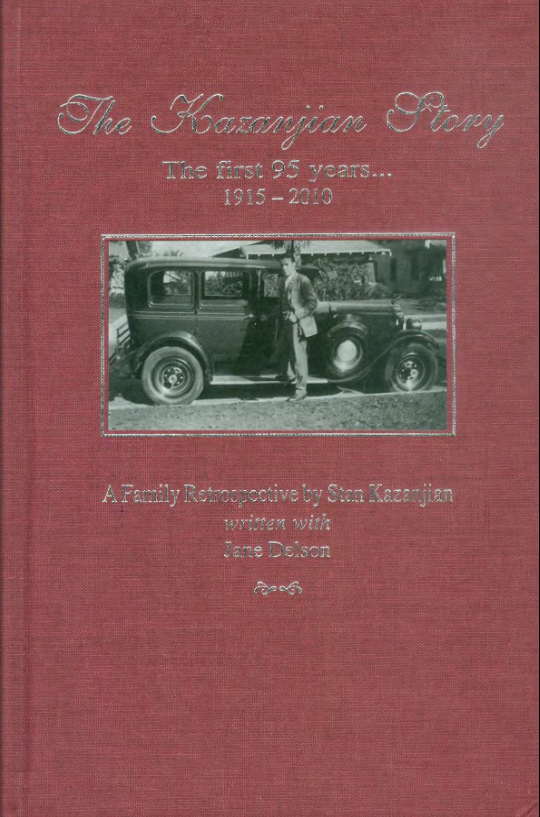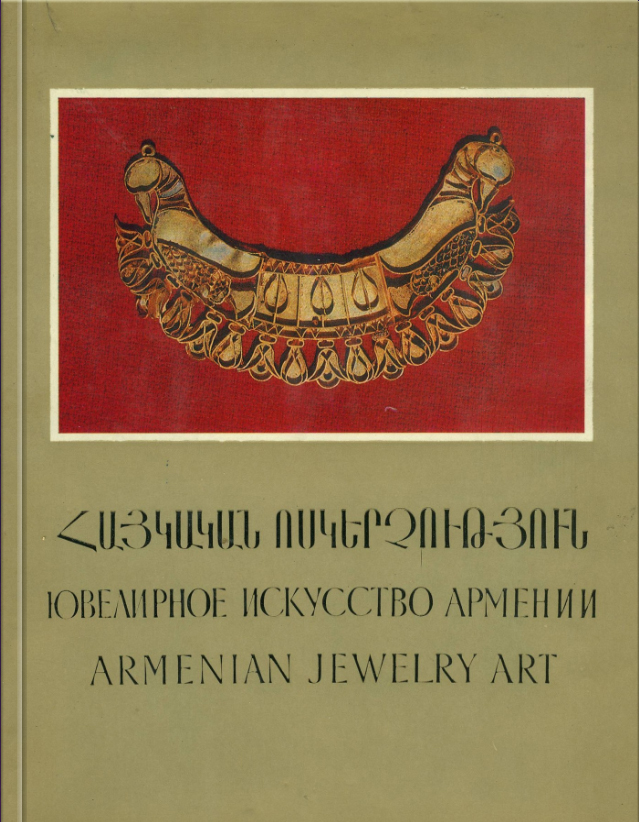Once in a lifetime, we come across an exceptional project; the publication and exhibition of the Treasures of Western Armenia is such an undertaking.
Armenians living on their ancestral land for millennia faced a horrible fate at the turn of the 20th century. The expedition of the Imperial Academy in 1916, which was joined by Alexander A. Miller and his colleagues from the Museum of Ethnography, captured their rich heritage and traditions for posterity. Since then, the expedition journals and collection remained unpublished.
This volume is a tribute to the people of Western Armenia who were uprooted, as well as to Alexander Miller and his team who ventured into the war front to preserve their memory.
We congratulate and thank everyone involved in the realisation of this catalogue. We extend special thanks to the director of the Museum, Prof. Vladimir Grusman, and his curators for their collaboration and meticulous work.
The Armenian Jewellers Foundation (AJF) is committed to exploring and advancing the heritage of Armenians in the arts and crafts. On the centennial commemorative anniversary of the Armenian Genocide, we dedicate this book to the survival, resilience and prosperity of the Armenian nation.
Access e-book here | Read California Courier's article here
|
The first of the AJF Digital Library series was made possible thanks to an accord with Armenian American author Osep Tokat who entrusted AJF the task of digitizing his capital work Armenian Master Silversmiths.
This bilingual publication was printed originally in English and Armenian by Van Publishing in Los Angeles in 2005.
Thereafter, a revised edition was published by Aras in Istanbul in 2009. Tokat’s celebrated publication contains both research, as well as an invaluable collection featured through catalogued illustrations. Even though the author focuses on Van’s rich tradition of silversmithing, he also makes a brief introduction to the history of the Armenians and the history of Armenian jewellers in various communities. “Armenians have been the transmitters of may arts and crafts, not only within the borders of the Ottoman Empire, but throughout Russia, Iran, Georgia, Europe, Arab countries, India and the United States,” states the author. |



